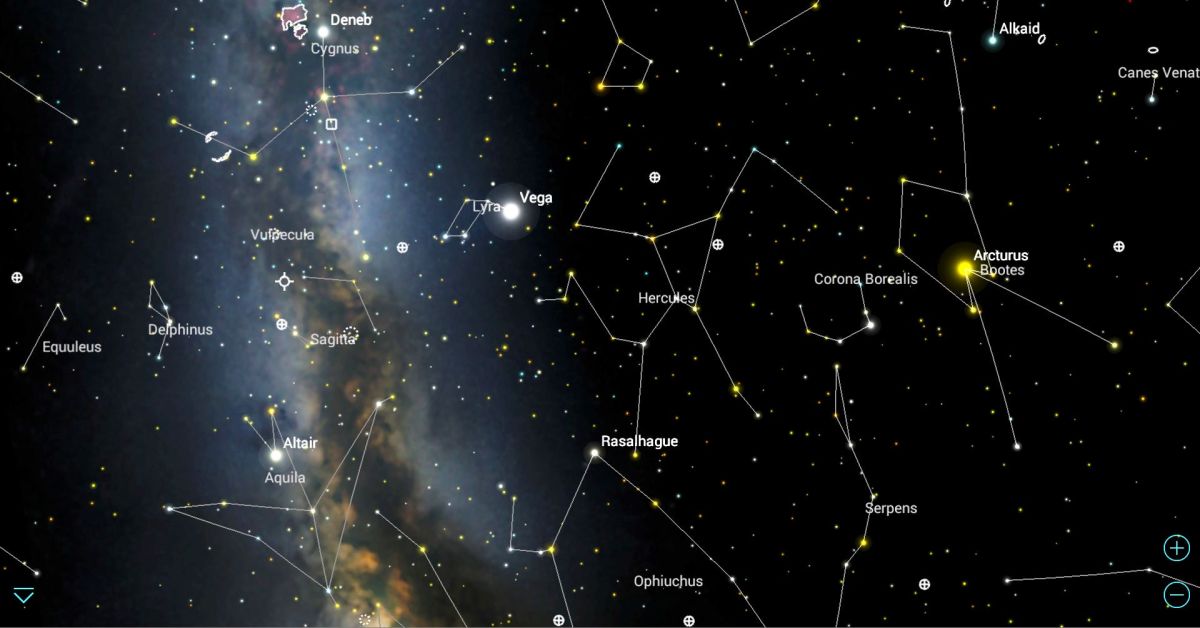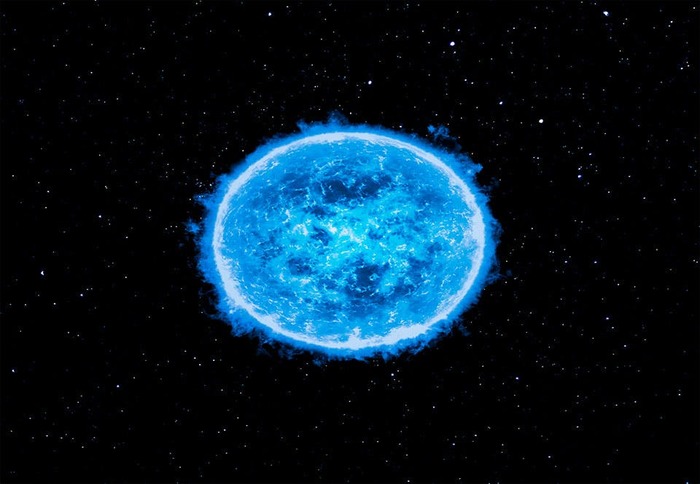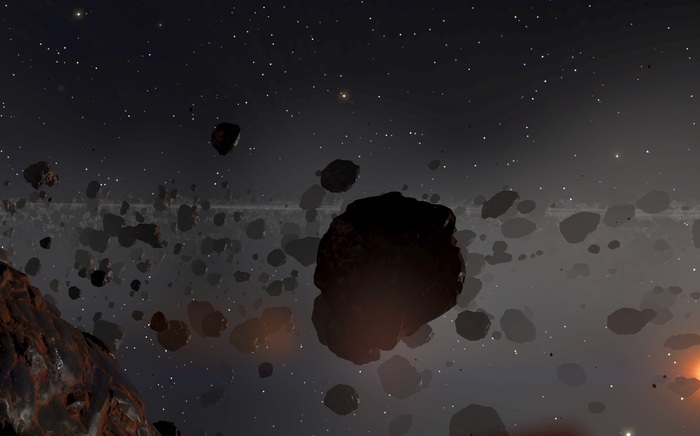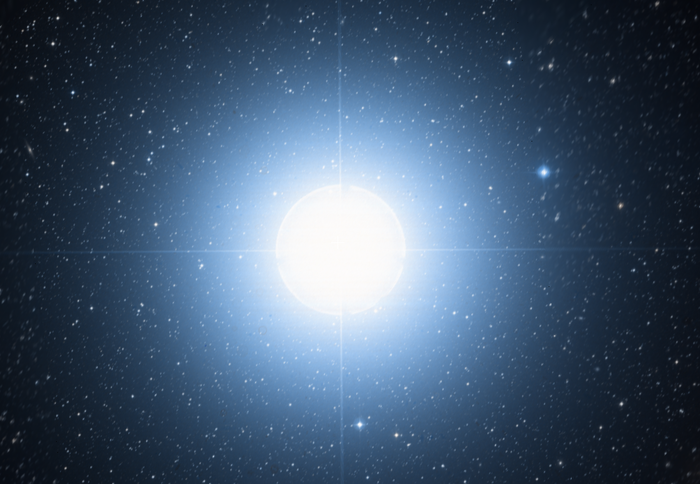
... Thus, we saw that the Earth, a planet similar in many respects to other civilized worlds, having in its account many years of history associated only with its surface, and which began local manned space flights around 1960 according to its chronology, did not reach its significance on a galactic scale, until the time of the independent discovery of the gravitron polarization generator in 2019 according to its chronology. Its colonists first encountered the Vegan Tyranny in 2289 ... in 2413, the long struggle with the Vegans came to an end with the capture of Vega itself and the Battle of the Forts.
James Blish. Triumph of time.
It would be really great if we could find some kind of Vegan Empire in the Alpha Lyra system. However, the reality is more prosaic: the existence of a highly developed civilization in Vega is unlikely. But - everything is in order.

1. Did you know that Vega is actually not a ball, like our Sun, but an egg-like body (to put it smartly - a spheroid or an ellipsoid of rotation ). It got this shape due to the high speed of rotation around its own axis. It is 236 kilometers per second at the equator (source - R. Zagarello and others ). Whereas the speed of rotation of the Sun is just over 2 km / s at the equator.

2. Vega was the North Star 14 thousand years ago and will become it again after 12 thousand years. Owing to the oscillations of the earth's axis (see Precession of the earth's axis ), the picture of the night sky is changing dramatically for many thousands of years,

3. Vega was found to have a dusty disk reminiscent of the Kuiper belt in our solar system. Infrared observations with the Spitzer Space Telescope not only showed the presence of a dusty disk, but also gave hope for the existence of planets in the Vega system.

4. Vega is a young star by astronomical standards. She is only 455 million years old. For comparison, the sun has already hit 4.5 billion. The solid surface and oceans on Earth appeared in katarchea, 100-200 million years after the formation of our planet. Therefore, it is difficult to talk about the existence of a highly developed civilization in the Vega system.

5. Vega is 2 times larger and more massive than the Sun. And therefore, due to the properties of stellar evolution, its life will fly by much faster than that of the Sun. More precisely, after about half a billion years, it will turn into a red giant, and then shed its outer layers and become a white dwarf.

Drapers: left - father, right - son
6. The star Vega was the first star (after the Sun), which was photographed by the earthlings and identified by the spectrum of radiation. In 1850, American astronomer John Draper photographed the star using a daggerotype. In 1872, his son, also an American astronomer, Henry, received spectral photographs of Vega.

7. In the 1997 film Contact, starring Jodie Foster, the source of the ET signal came from the Vega system. The film is based on the science fiction novel of the famous astronomer and popularizer of science Carl Sagan.